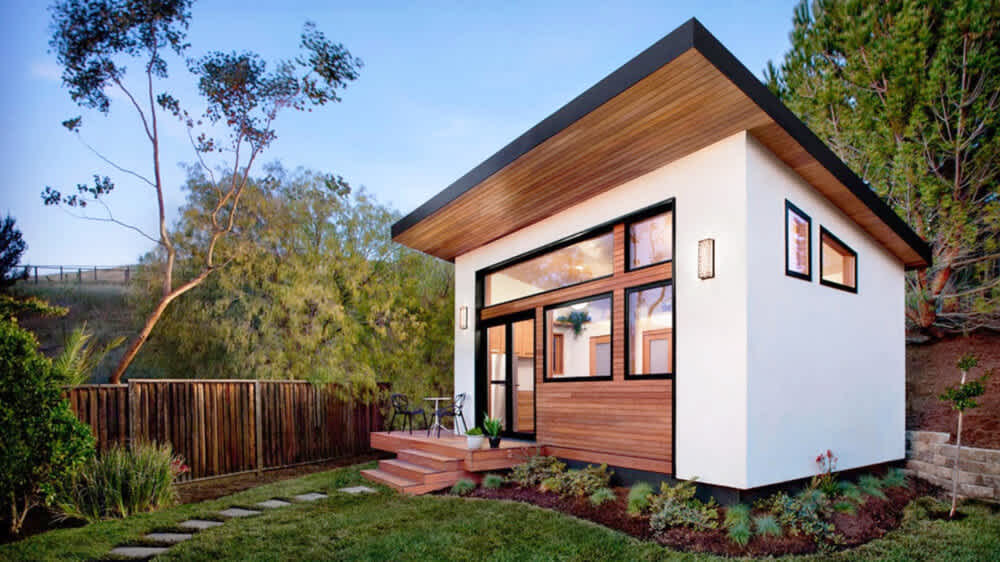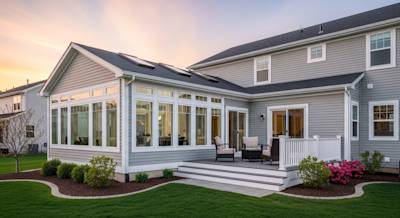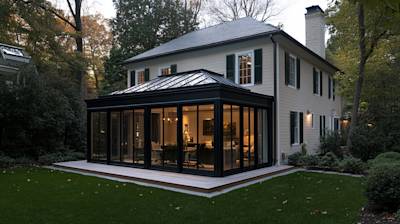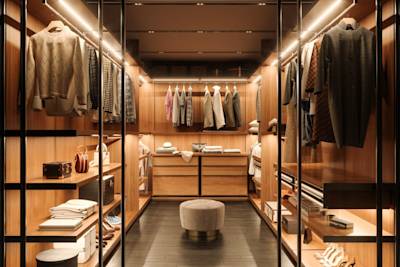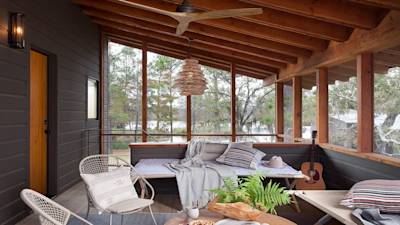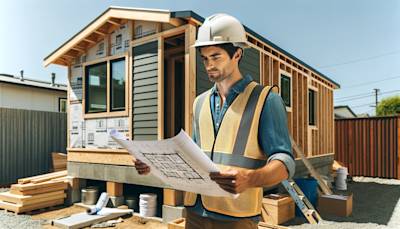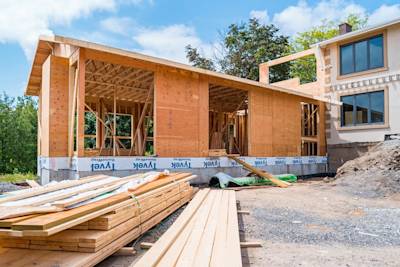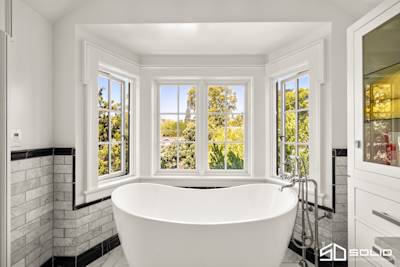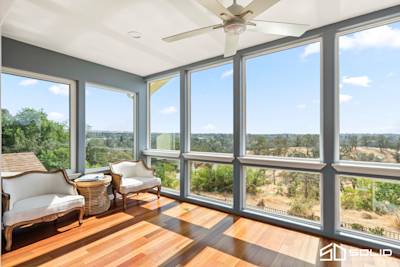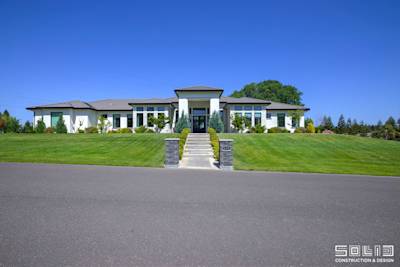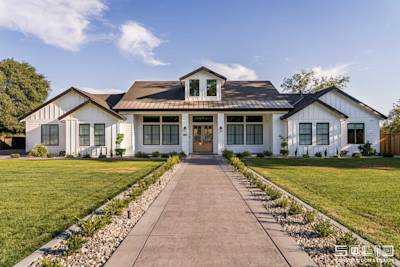It is no secret that there is a shortage of good quality, affordable living spaces in America. Engineers and architects are always searching for newer solutions on how to generate an income and provide secure accommodation at the same time. Additional Dwelling Units (ADU’s) offer the perfect solution to this problem.
An additional dwelling unit is more simply known as an outbuilding and can function as anything from a rental property to a workout studio or a home office. The residential property and the ADU always share the same plot of land.
The benefits of building an additional dwelling unit are countless because it allows you to use the new space for almost anything you want. It includes generating a passive income through renting out your property or even creating an Airbnb for tourists searching for more affordable accommodation.
The thought of adding on a secondary suite can be rather exciting, but, like all other buildings, there are a few things that you must consider before deciding to contact your nearest construction company. Below are ten things that you should take into account before building your ADU.
1. Compliance with Property Development Standards
The first step to planning the construction of your new ADU is finding out whether your property is eligible for building an ADU. You need to check your state's property regulations as well as the standards on which your ADU must comply with such as density, height, and distance.
2. Parking Arrangements
Previously, there were many States which required an ADU to provide a designated off-street parking space available for the ADU. However, this became rather taxing on ADU’s which were built on a smaller plot of land. Nowadays, you can dodge the requirement protocol if your property complies with any of the following:
- It is within half a mile of a public transportation system
- It is in a historically and architecturally significant district
- On-street parking permits are required but not offered to the ADU’s occupant
- A car-share vehicle is located within a block of the property
If none of these scenarios apply to your property, then you may need to make arrangements for a designated parking spot to be created for your ADU. The size of the parking space depends on the regulations within your state and district.
3. Accessibility to your ADU
Planning site access to your ADU is imperative for many good reasons. In the event of a fire, you will need a safe pathway to exit from the ADU to the street or at least a safe zone.
The walkway between the pavement and your ADU should be free of any obstructions that could be in the form of your trashcan or other garden equipment you keep on your property.
4. Privacy of the ADU
When taking a factor like privacy into account, it is better if you first figure out the main reason behind why you are building a new ADU. If you are designing the ADU for family members or someone close to you, then you can structure your ADU to help create a stronger bond between yourself and the person staying in the ADU. For example, facing their front porch towards your backdoor can be considered acceptable and even favorable in these cases.
However, if you plan on using the ADU as a rental unit for external tenants or setting up a home office, then you may want to provide more privacy for the ADU. You can create an entrance situated away from your home and add extra garden features such as shrubs and hedges to create a more private environment for the ADU.
5. Understanding the Conditions of your Construction Site
People often do not consider whether the land is appropriate for the ADU. Before planning the construction of your ADU, it is best to pay attention to the building site. Check for how your land reacts to different weather conditions, such as collecting a pool of water after a rainstorm or whether the soil is loose or hard after strong winds.
Having this knowledge can save you wads of cash in the long run. There are ways in which you can fix your issues of concern before building on the land. For example, evening out a slope through excavation or creating a support structure from underneath. Think about whether you will be adding stairs to the unit. Ensure that you consider older and disabled person accessibility during your planning.
You can fix the problem of loose soil by replacing the old sand with freshly compacted sand appropriate for that building site. Certified engineers can also assist with drainage problems and making sure that rainwater does not affect your ADU.
6. Using Existing Utility Connections
Being able to use an existing connection is another great advantage of building on your property. Building an ADU often makes provisions for the use of your current utility connections.
It means that in most cases, you can use the water from your current home to supply it to the ADU without having to add another meter. You can also connect your home's gas system to the same streamline of your ADU and add a private meter to track usage.
7. Keeping Up with Design Standards
Although the guidelines regarding design are different for each state, there are a few usual architectural guidelines to consider before building your ADU.
These basic guidelines are similar to the regulations of designing a conventional property. They involve factors like height, size of the rooms, habitability, and a proper heating system within the building. Refer to your local building standard code to find out more information about this.
8. Keeping Up with Energy Regulations
Recently everything is about going green and keeping your green footprint as small as possible. The same applies to building an ADU.
Your ADU design and building materials should all be compliant with the most current energy standards in your state. Factors such as water conservation, material conservation, and environmental quality also have to be considered.
9. Compliance with Fire Regulations
The fire regulations are different for each state, but the basics of the rules are simple. Make specific additions to your ADU based on your state's laws.
Some of these include providing a safe, easily accessible fire exit as well as creating built-in sprinklers or a fire extinguisher post in your ADU. Make sure that the property is as fire-resistant as possible and easy to exit for an older person or a disabled person.
10. Making the Most of Your Space
When building an ADU, saving space is a dominant factor because the land used for it is usually small. Bank on using furniture which favors a smaller space in a home, like a pull-down bed and appliances which are mounted on the wall instead of resting on other fixtures. A sleeper couch and other fold-up furniture is also a great way to add extra features to the ADU without creating clutter and discomfort.
Our Final Words
Building an ADU can be exhausting to deal with, but anything is possible with a vision and the help of a great construction team. Here at Solid Construction Design, we are more than happy to help you reach your goals for the perfect ADU.
Get in touch with us by filling out a free estimate form or contacting us for a FREE project consultation.

